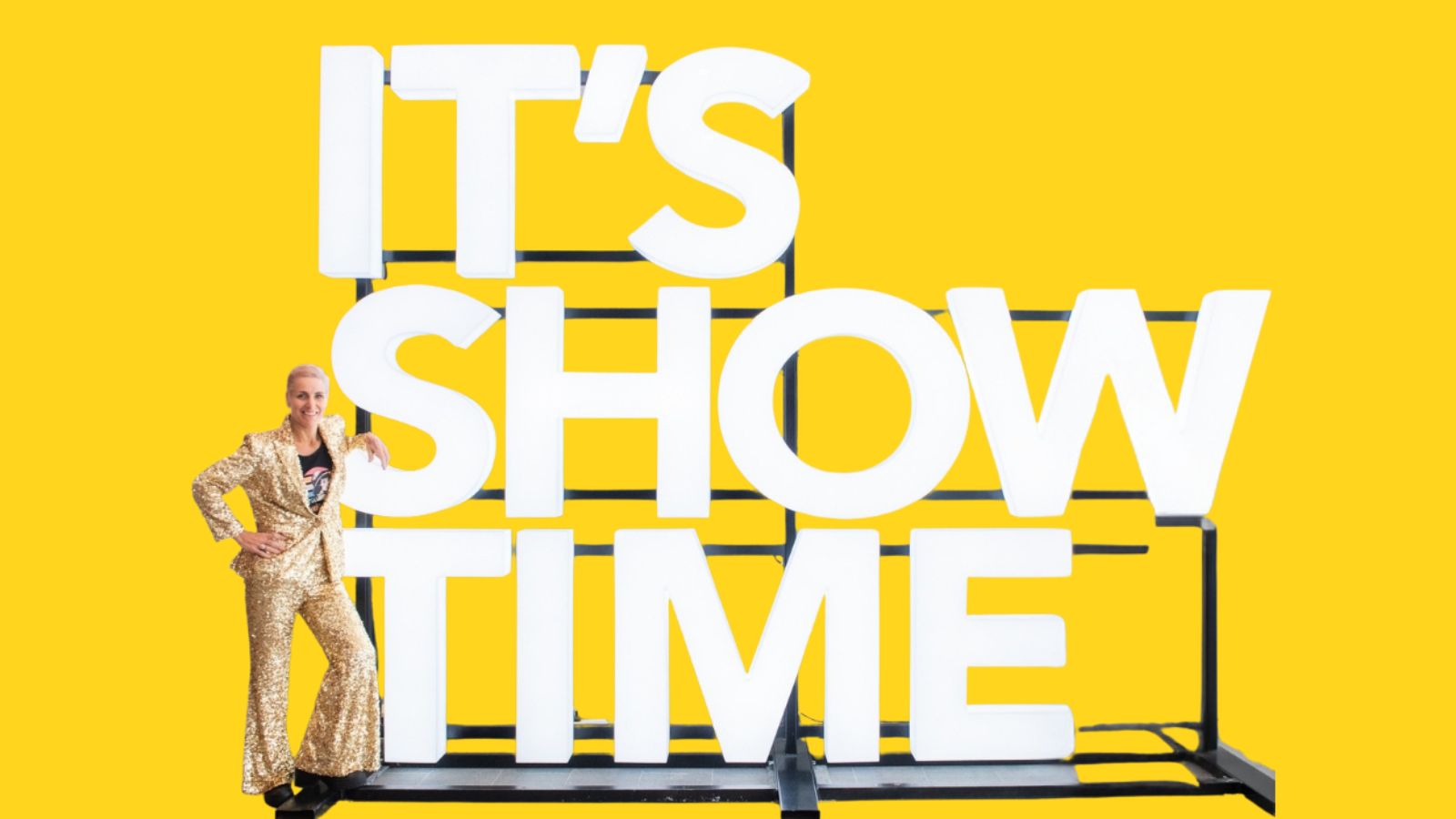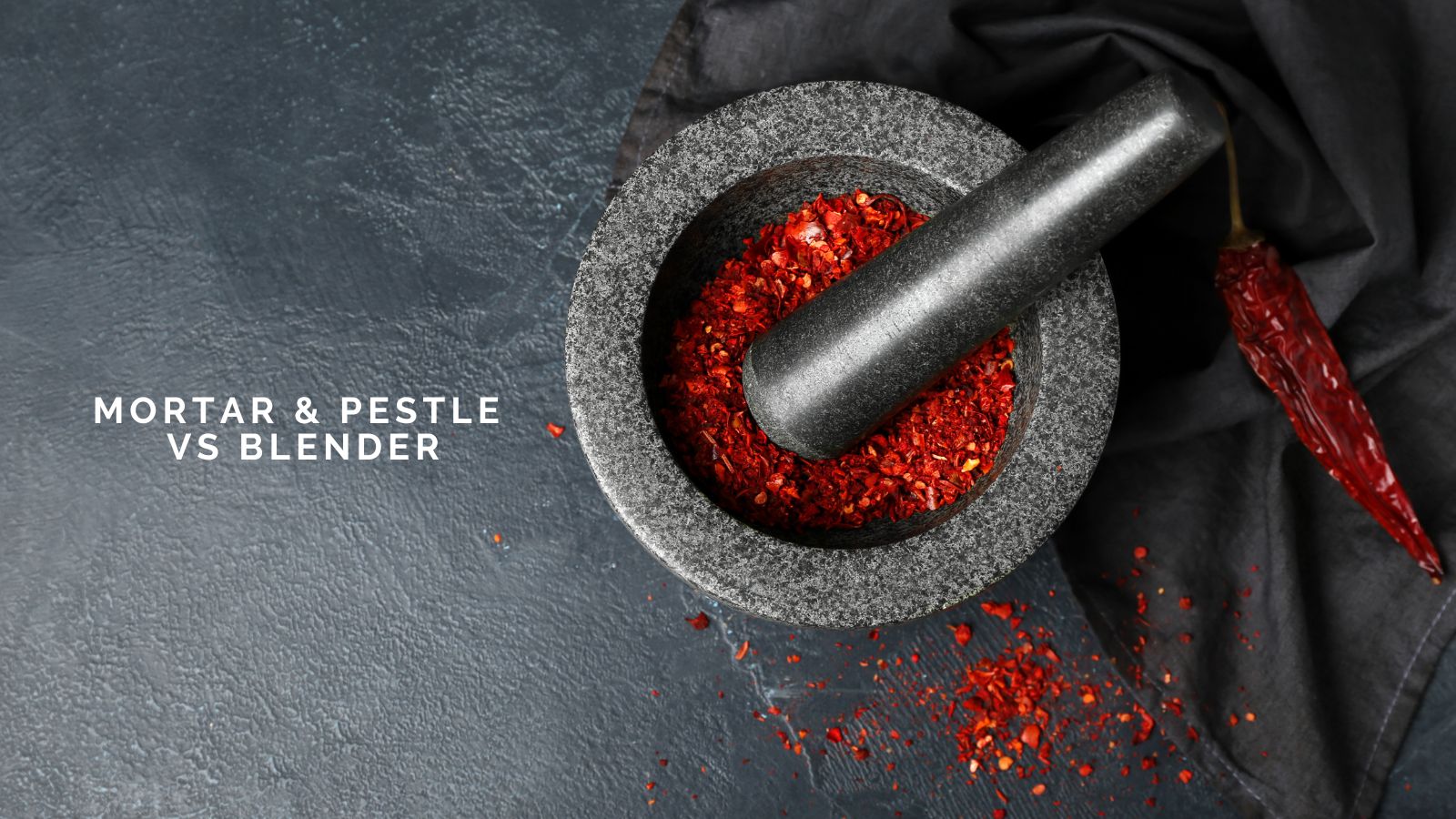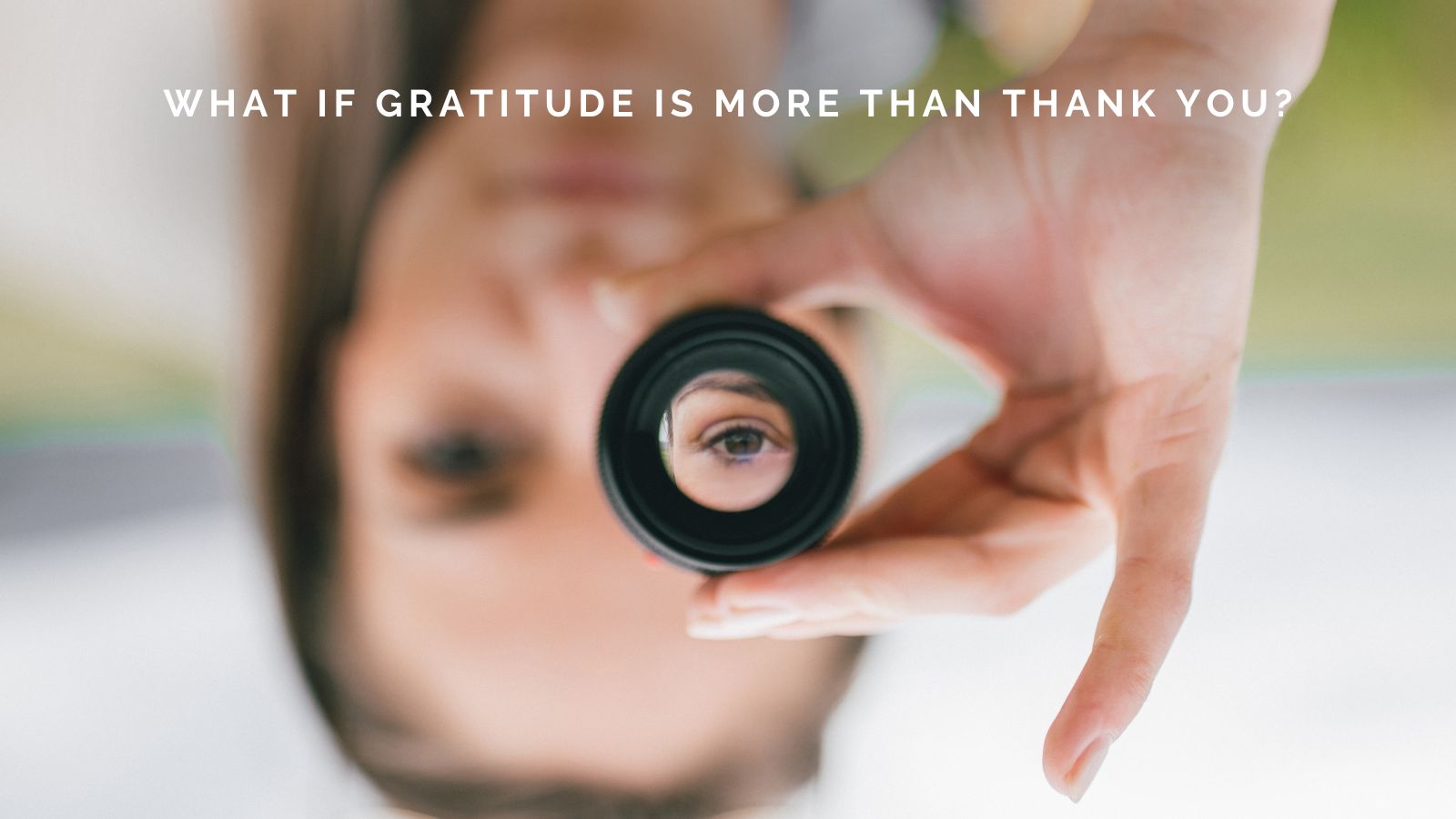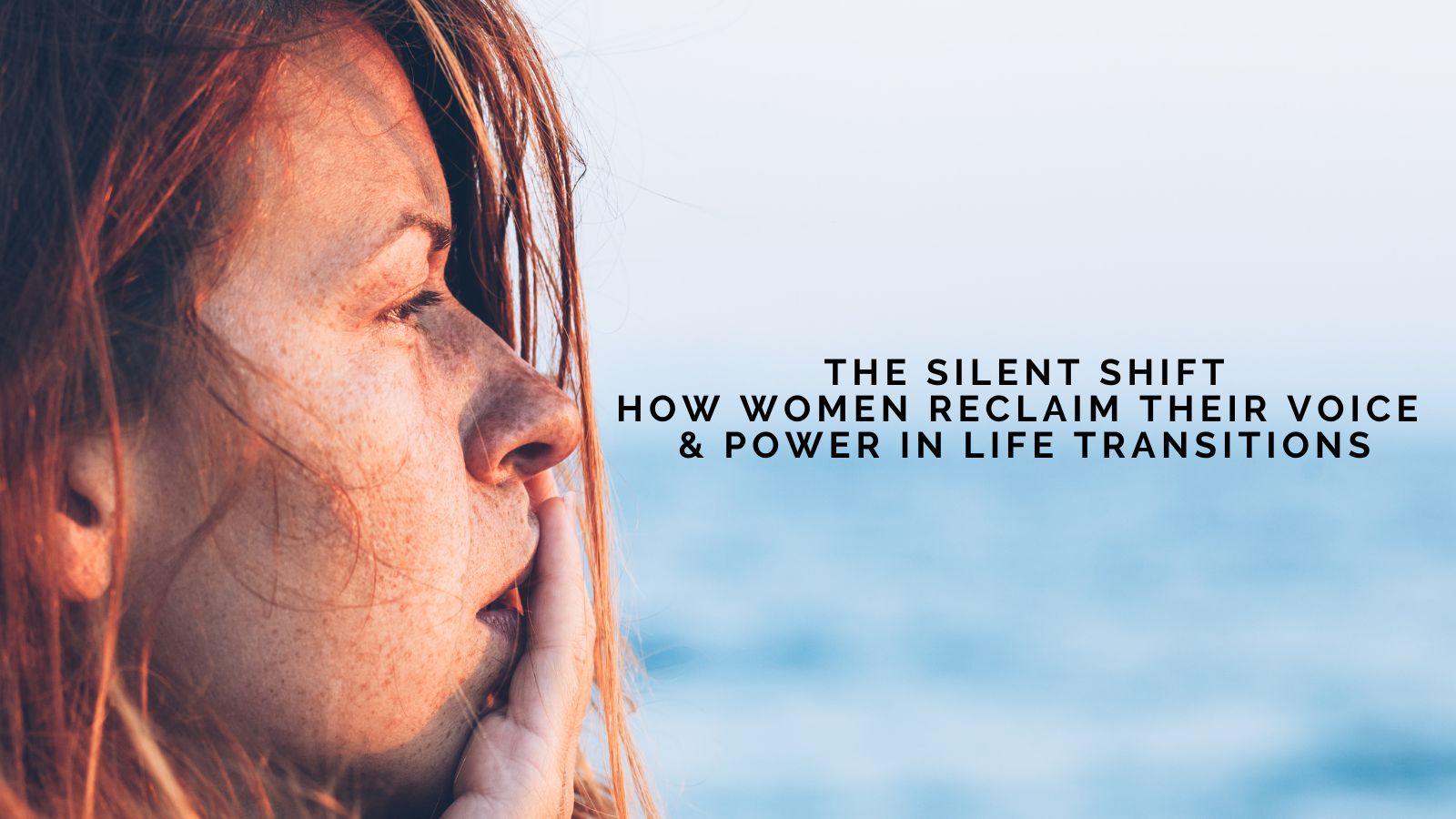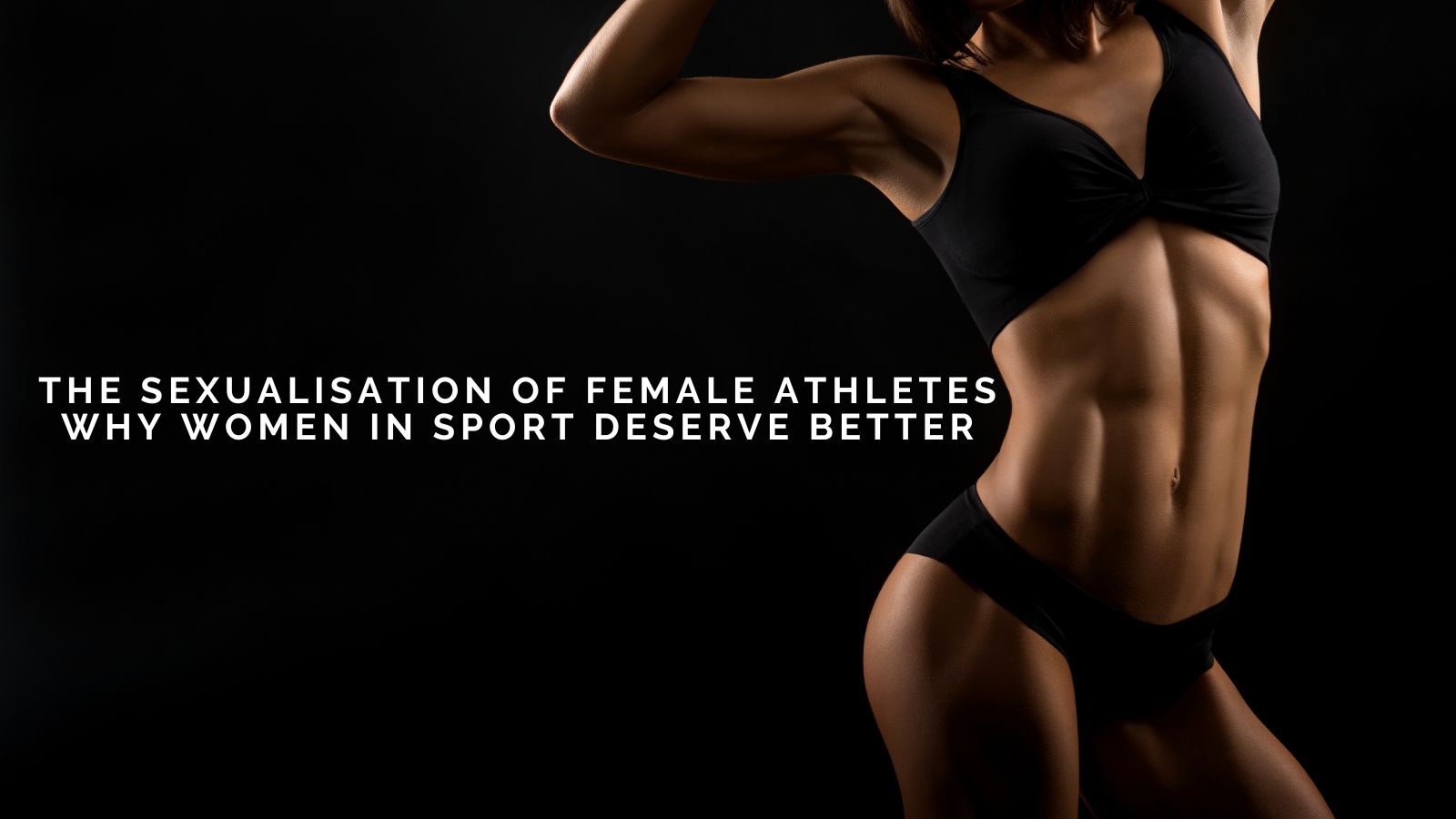
More than a century ago, women were expected to dress “appropriately” in sport, often to the detriment of the actual game, simply because society dictated it so. Then something changed. Men had tried to prevent women from competing and, having failed, went down the opposite route, turning them slowly into sexual objects. The attitude became: “If they’re going to do this, we may as well have something good to look at.”
Case in point: the All-American Girls Professional Baseball League in the 1940s and 50s required players to wear short skirts and attend charm school to maintain a feminine image. Read: our women must be wholesome wife material and feminine, but it is important that men still want to have sex with them, and as such they must wear revealing attire. “Just look at those pins, boys; have you ever seen such a delight who could cook up some cornbread for your dear ol’ mum?”
This extended well beyond the war years. Female beach volleyball players, for example, had to push back on the mandatory bikini bottoms—much to the chagrin of lusting men—because apparently there wasn’t already enough of that on beaches worldwide. Sepp Blatter, once Head of FIFA, suggested the same thing for women footballers, so this is hardly a new phenomenon.
Granted, a few male footballers have become (un)witting sex symbols, but the difference is stark: they are few and far between, and it usually happens on their own terms, rather than being forced upon them. And therein lies one of the problems. In the age of Instagram, as soon as a sportswoman posts a bikini photo, she is instantly defined by it rather than by what she can do—whereas a man is allowed to be both.
TV cameras do not help either, with lingering shots of particular women during games, and the occasional commentator—always a “he”—who forgets his job and remarks on non-sporting attributes (or their supposed lack). And don’t get me started on so-called newspapers. Yes, sex sells, and that’s fine, but not everything has to be packaged with a big “Phwoar!” label and thrown at us. The mere fact that women’s sports attract a much higher percentage of women viewers seems lost on them. And sorry, lads—not every woman is a closeted lesbian.
On top of this, any woman who does not live up to these lustful expectations is instantly ridiculed, which is just wrong. Recently, a young woman signed by Kilmarnock FC in Scotland—who happened to suffer from a skin condition—was subjected to such awful abuse that she and the club were forced to retreat from social media. Thankfully, a huge wave of support followed, much of it from men, turning the hateful attention back onto her attackers. The tide has turned—it’s just that too many rogue waves still wash away any progress made.
And then, of course, there’s the very recent dildo incident—yes, pink vibrators thrown onto basketball courts during women’s games. It was claimed to be a shock ad campaign for a new cryptocurrency. Putting aside the fact that this ranks among the worst promotional ideas in recent memory (and this is a world where dating app Bumble declared, “you know celibacy is not the answer”), it has since been hijacked by certain men as “funny”. “Here, ladies, we couldn’t possibly satisfy you, so might we suggest this instead; it has great reviews.” Hilarious.
But again, it all comes back to sex—or rather, women being reduced to sexual objects despite overwhelming evidence that they are professional athletes. “I hold three world records …” “Yes, yes, that’s great, sweetheart … but are you a 34C?”
As I said, the tide has turned. And while I am not suggesting that women can’t be sex symbols—of course they can be, and should be if they wish—nor ignoring the fact that some women actively choose sexualisation, when it becomes the be all and end all in the eyes of men, completely erasing accomplishments and merit, then we clearly have a massive problem
_(26).jpg)






